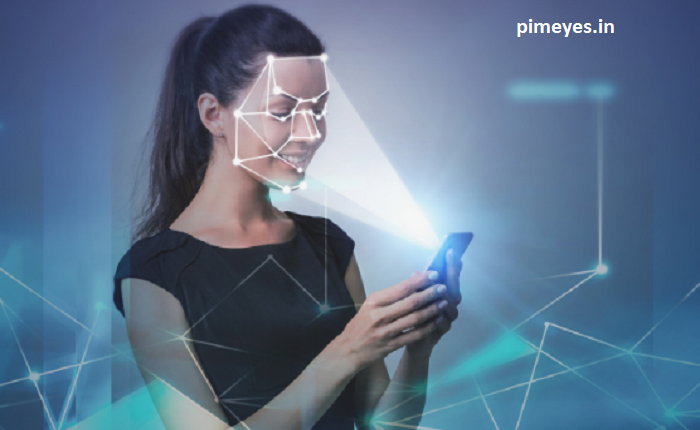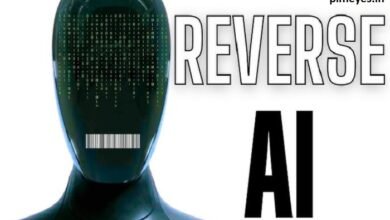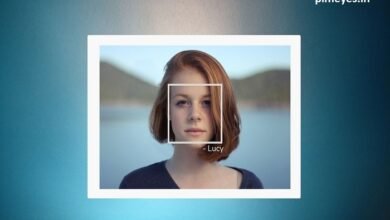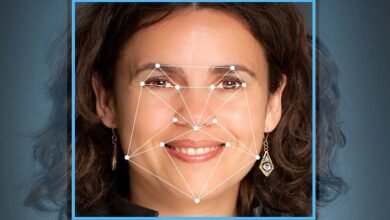AI Face Detection: Revolutionizing Technology and Beyond

AI face detection is a cutting-edge technology that uses artificial intelligence to identify and locate human faces in images or videos. Unlike traditional face detection methods, which rely on manual programming and simple algorithms, face detection leverages machine learning and deep learning models to analyze facial features with remarkable accuracy. This technology has become a cornerstone of modern applications, from smartphone cameras to advanced security systems.
At its core, AI face detection works by training neural networks on vast datasets of facial images. These networks learn to recognize patterns, such as the distance between eyes, the shape of the nose, and the contour of the jawline. Once trained, the AI can detect faces in real-time, even in challenging conditions like low light or partial occlusion.
How AI Face Detection Works
AI face detection operates through a combination of computer vision and machine learning techniques. The process typically involves three key steps:
Face Localization: The AI scans an image or video frame to identify regions that may contain faces. This step uses algorithms like Haar cascades or convolutional neural networks (CNNs) to detect potential facial areas.
Feature Extraction: Once a face is localized, the AI extracts unique facial features, such as the eyes, nose, and mouth. These features are converted into numerical data, often referred to as embeddings.
Face Recognition (Optional): In some applications, the detected face is compared against a database to identify the individual. This step is commonly used in security systems and personalized user experiences.
The integration of AI into face detection has significantly improved its accuracy and speed, making it a reliable tool for various industries.
Applications of AI Face Detection
AI face detection has found applications in a wide range of fields, revolutionizing how we interact with technology. Here are some of the most notable use cases:
Security and Surveillance
AI face detection is widely used in security systems to identify individuals in real-time. Airports, banks, and government facilities employ this technology to enhance safety and prevent unauthorized access.
Smartphones and Photography
Modern smartphones use AI face detection to improve camera performance. Features like portrait mode, auto-focus, and facial recognition for unlocking devices rely on this technology.
Retail and Marketing
In the retail sector, AI face detection helps analyze customer demographics and behavior. Stores use this data to tailor marketing strategies and improve customer experiences.
Healthcare
AI face detection is being explored in healthcare for patient monitoring and diagnosis. For example, it can detect signs of fatigue or stress by analyzing facial expressions.
Social Media and Entertainment
Platforms like Facebook and Instagram use AI face detection to tag users in photos and apply fun filters. Similarly, video games use this technology to create immersive experiences.
Benefits of AI Face Detection
The adoption of AI face detection has brought numerous benefits across industries. Here are some of the key advantages:
Enhanced Accuracy
AI-powered face detection systems are far more accurate than traditional methods. They can detect faces even in challenging conditions, such as poor lighting or partial occlusion.
Real-Time Processing
With advancements in hardware and software, AI face detection can process images and videos in real-time. This capability is crucial for applications like surveillance and live streaming.
Improved User Experience
From unlocking smartphones to personalized recommendations, AI face detection enhances user experiences by making interactions seamless and intuitive.
Cost-Effectiveness
Automating face detection with AI reduces the need for manual intervention, lowering operational costs for businesses.
Scalability
AI face detection systems can be easily scaled to handle large volumes of data, making them suitable for enterprise-level applications.
Challenges and Ethical Considerations
Despite its many benefits, AI face detection is not without challenges. One of the primary concerns is privacy. The widespread use of this technology has raised questions about how facial data is collected, stored, and used. Unauthorized surveillance and data breaches are significant risks that need to be addressed.
Another challenge is bias in AI algorithms. If the training data is not diverse, the system may struggle to detect faces from certain ethnicities or age groups accurately. This issue highlights the importance of using inclusive datasets during the development phase.
Additionally, there are concerns about the misuse of face detection for malicious purposes, such as identity theft or unauthorized tracking. Policymakers and tech companies must work together to establish regulations and safeguards.
The Future of AI Face Detection
The future of AI face detection looks promising, with ongoing advancements in AI and machine learning. Here are some trends to watch out for:
Improved Accuracy and Speed
As AI models become more sophisticated, face detection systems will achieve even higher levels of accuracy and speed. This will open up new possibilities for real-time applications.
Integration with Other Technologies
AI face detection is likely to be integrated with other emerging technologies, such as augmented reality (AR) and the Internet of Things (IoT). For example, AR glasses could use face detection to provide personalized information about people you meet.
Enhanced Privacy Protections
Future developments may focus on improving privacy protections, such as encrypting facial data and enabling on-device processing to reduce the risk of data breaches.
Expanded Applications
As the technology matures, AI face detection will find new applications in fields like education, automotive, and smart homes. For instance, cars could use face detection to monitor driver alertness and prevent accidents.
Ethical AI Development
There will be a greater emphasis on developing ethical AI systems that prioritize fairness, transparency, and accountability. This will help build public trust and ensure the responsible use of face detection technology.
Conclusion
AI face detection is a transformative technology that has already made a significant impact across various industries. From enhancing security to improving user experiences, its applications are vast and diverse. However, as with any powerful technology, it comes with challenges and ethical considerations that must be addressed.
The future of face detection is bright, with ongoing advancements promising even greater accuracy, speed, and versatility. By prioritizing ethical development and privacy protections, we can harness the full potential of this technology while minimizing its risks.
FAQs
What is the difference between AI face detection and face recognition? AI face detection identifies and locates faces in images or videos, while face recognition goes a step further by matching the detected face to a specific individual in a database.
Is AI face detection safe to use? When implemented responsibly, Face detection with AI is safe. However, privacy concerns and potential misuse highlight the need for robust regulations and safeguards.
Can AI face detection work in low light? Yes, advanced AI face detection systems can work in low-light conditions by using infrared sensors or enhancing image quality through algorithms.
How accurate is AI face detection? Modern Face detection with AI systems are highly accurate, with error rates as low as 0.1% in some cases. However, accuracy can vary depending on factors like lighting and image quality.




